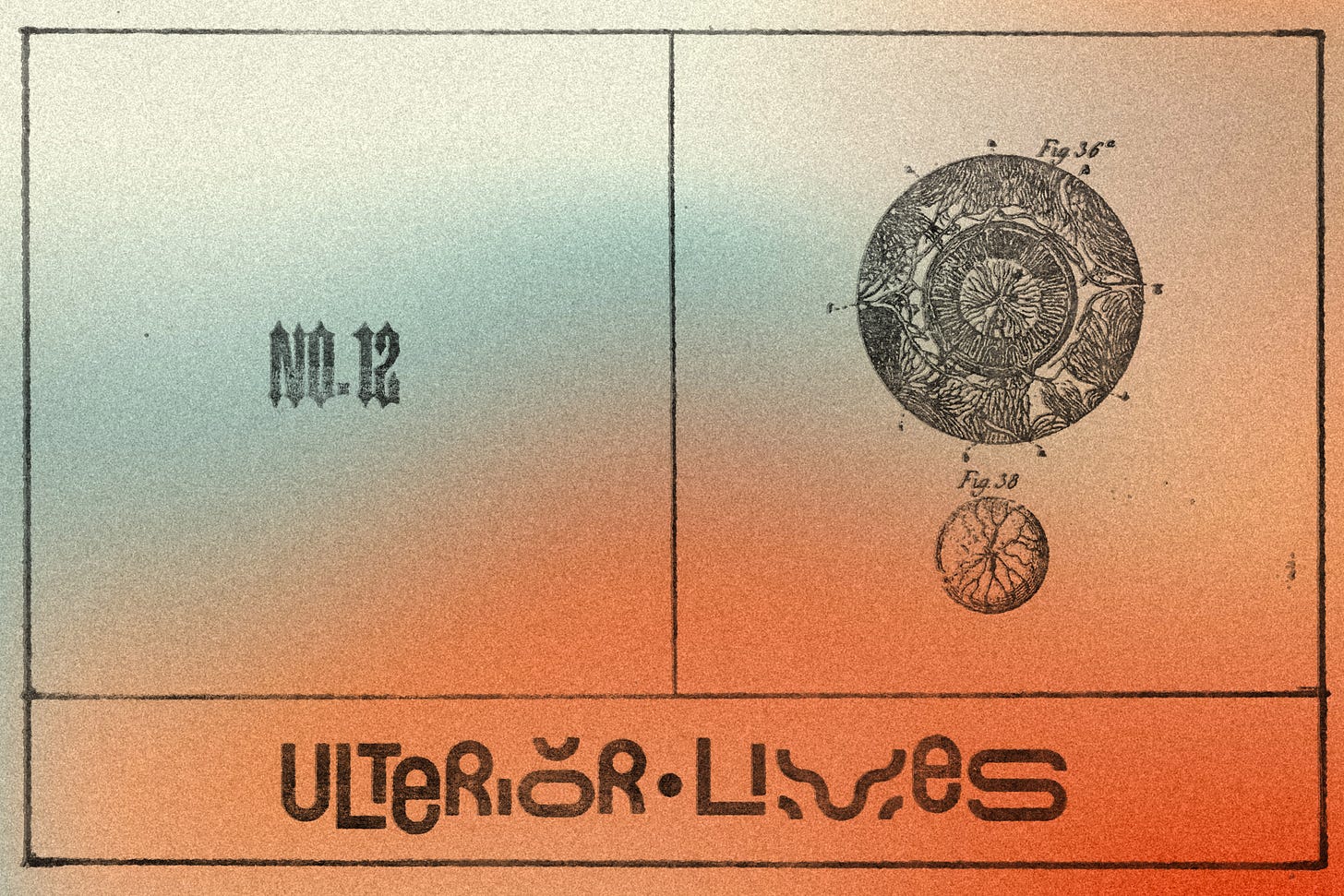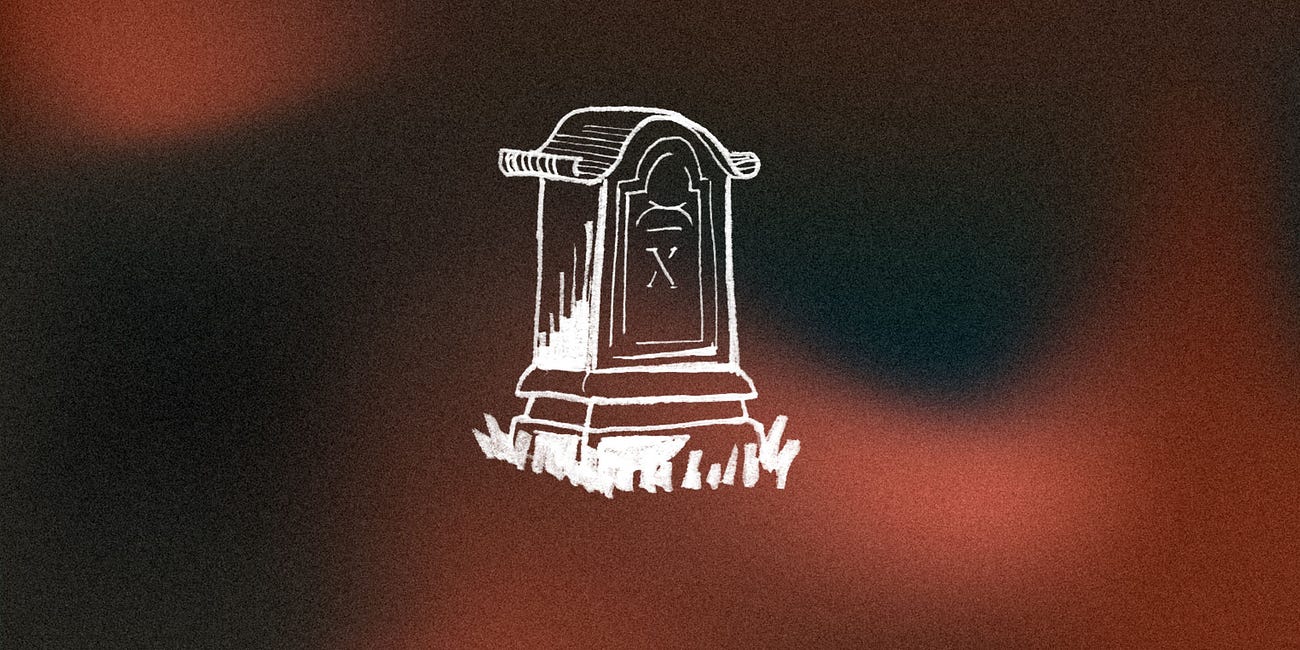Exorcising the male gaze
The hermits sought to overcome the sexual predations of patriarchy, but they left some difficult questions behind them
Part 12 of our Ulterior Lives series: A Slow Research Project into The Outsider Politics of Monasticism. Read the introduction here.
As you might guess, there are more than a few sayings from the Desert Hermits on the subject of lust. A common trope would be that some old friend, acquaintance or even some family member wishes to visit a hermit and will ask leave to come by, but the hermit will urge them not to, just in case one or the other are driven to lust by the encounter.
These tales are of both women seeking to visit men, and men seeking to visit women. The refusals vary from the gently put to the jarringly curt. Indeed, there is one monk who wraps his hands in cloth when he carries his mother over a river, to avoid the stirring of lustful memories.
The fear of what demons may be lurking in any given encounter is an energy that seems to pull apart social fabric, or rather to insert distance into it. This is one of the many drivers that takes hermetic life further and further away from ordinary experience.
I don't find myself warming to a world in which relationships of all kinds become a source of suspicion. On the other hand, it is entirely in keeping with the general picture. Just as they exorcised themselves of the toxic power play of homo-economicus — some to the point of ridding themselves of money altogether — so they also sought to exorcise the ‘male gaze’, and the sexual predations of patriarchy. They wanted nothing to do with anything that might become an object of power, nor with anyone over whom they might exert the power to objectify. If women were not made so entirely unwelcome among the cells of male monks, the desert monasteries might almost have been somewhere they felt safe to walk after dark.
One story after another tells of one person keeping another at a safe distance. The tales hum with an unarticulated grief. They are not easy to read. But there is one tale among them that strikes a different note.
“On a journey a monk met some nuns and when he saw them he turned aside off the road. The abbess said to him, ‘If you had been a true monk, you would not have looked to see that we are women.’”
Against the general trend that sought to manage the possessive impulse by controlling space and distance, here is a witness that is true to the ends of the hermetic ideal: they who have settled the space within themselves have no need to control the space without.
Even so, this tale is the exception. The hermetic flight from the world meant a flight from wealth, power and the patriarchal gaze, but it also meant flight from the family: from the familial relationships that have been, and also those that might be. This remains the normal image of monastic life.
I feel odd and naive, allowing myself to be surprised or perplexed by it. What about lives that find themselves embedded in families? By what image might they participate in ulterior life? Were the hermits in agreement with those modern radicals who call for the abolition of the family? Was the family too complex a web for hermitic life to ferment in? What to make of a form of life that refuses to reproduce itself?
Here we reach that edge of dissonance and a puzzle that has loomed across this research project. Something becomes obvious which was plainly there the whole time: that the hermits had no intention of forming a sustainable political economy of the sort that any might join. Along with lust, they fled also human sexuality and familial relationships. There are very few children in the tales of the hermits.
Let's talk about mystical death
In the sense that the unwashed dishes really don't matter very much at the threshold of mortality, the mystical death of St Paul is characterized by a kind of blissful freedom that comes from letting go.







